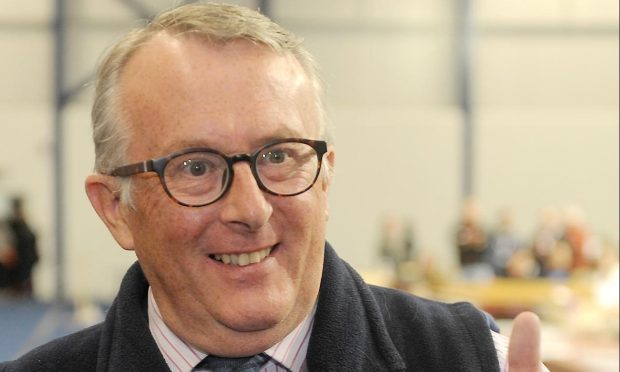A campaign has been launched to improve mileage rates for volunteers driving patients to hospitals.
Frustrated drivers have given up their roles because they believe they are not properly reimbursed, sparking concerns for residents living in remote areas in the Highlands.
Caithness MP Jamie Stone at Westminster called on Exchequer Secretary Robert Jenrick to take action and revise the rates, which have remained the same since 2011.
Mr Stone said: “A simple hospital appointment for my constituents living on the north coast can involve a return trip of well over 200 miles from the north coast to Raigmore Hospital in Inverness.
“In a part of the world where there is extremely limited rail travel, from Wick and Thurso going down the east coast to Inverness, and where buses are sporadic at best, my constituents have little choice other than to rely on the good old-fashioned motor car – either their own or private cars driven by volunteer drivers.”
Mr Stone said he was seeking to have either the 10,000 mile threshold raised or to increase the 45p per mile currently offered to a “more realistic figure”.
Folowing the debate, Mr Jenrick said: “I have listened closely to his comments, and to those made by others who have spoken in the debate tonight, and I would be more than happy to continue the conversation in a meeting with him and any other rural MPs who would like to join in.”
Ron Gunn of Caithness Health Action Team (CHAT) welcomed progress on the issue.
He said: “The number of patients travelling down south for treatment is well in excess of 11,000 per year and equates to more than 50 a day travelling down and back home.
“I understand most patients travel down by private car and many are accompanied by a driver or carer. There is often additional expense when somebody has to take a day off work and some have to arrange child care. Patients, drivers and carers who are self-employed will often lose income for that day.
“If patients have to use public transport it will take virtually all day – four hours each way by train, three or more hours by bus – incurring additional expenses such as meal costs along the way. Early appointments can involve an overnight stay that people struggle to afford.”
